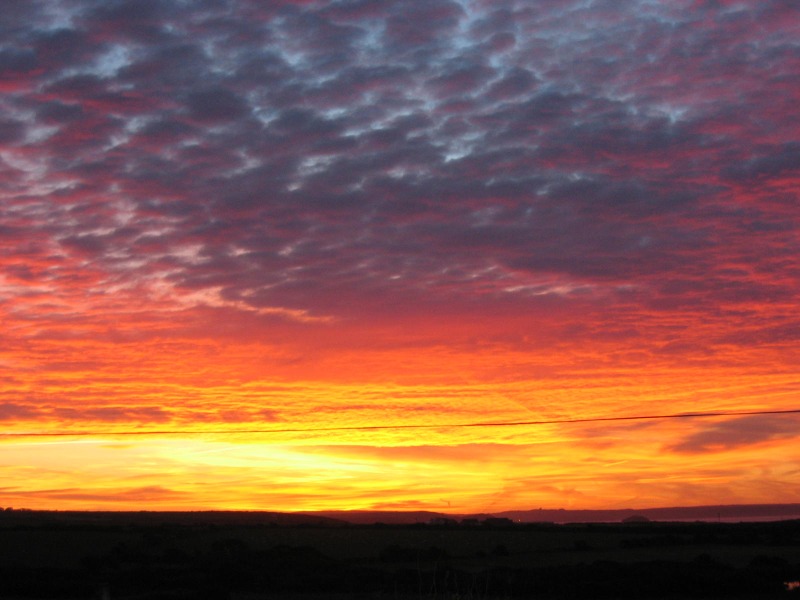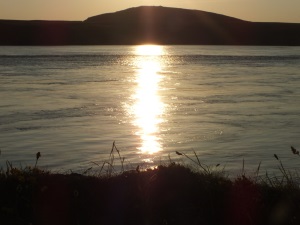Pembrokeshire National Park
where you can see spectacular landscape of rugged cliffs, sandy beaches, wooded estuaries and wild inland hills, and a place of sanctuary for wildlife. The path can be joined at many different points which allows varying walking distances. Click on Pembrokeshire National Park for further information.
The Pembrokeshire Coast Path is a spectacular 186 mile (299 km) long National Trail covering some of the most varied coastal scenery in Britain, stretching from St Dogmaels in the north to Amroth in the south.
Pembrokeshire National Park is UK’s only coastal national park. On the coast path trail at different times of the year you can see an array of coastal flowers and bird life, also evidence of human activity from Neolithic times to the present. Burial chambers, remains of St Patrick Chapel in Whitesands beach where the past two years Dyfed Archeology have had digs, Neolithic cromlechs and Iron Age promontory forts, the churches and chapels of the seafaring early Celtic saints
Pembrokeshire National Park Coast path has physical challenges with its 35,000 feet of ascent and descent is said to be equivalent to climbing Everest. But also it can be enjoyed in shorter sections where it’s accessible to people of all ages and abilities. The small coastal villages that you come across offer welcome breaks and enjoyment.
Opened in 1970, the Pembrokeshire Coast Path was the first National Trail in Wales. 75% lies within designated conservation sites and 85% within the boundaries of the Pembrokeshire Coast National Park.
Pembrokeshire National Park is an area largely forged out of the activities of fishing and farming, as shown by the small, coastal settlements and the farmed landscape. These villages were not just providers of food, they also linked Pembrokeshire to what was, in the days before road and rail, the major highway of the sea.
The Vikings had been previous settlers, that shows in the legacy of place names such as Goodwick near Fishguard and the islands of Skomer and Skokholm.
The Landsker line is the language boundary between the Welsh north and ‘Little England’ of south Pembrokeshire. Normans built massive castles, such as those at Pembroke, Tenby and Manorbier, to assert their authority. Pembrokeshire once played a key role in major events. Henry Tudor (Henry VII) was born in Pembroke Castle and, following his exile in France, landed at Mill Bay near Dale in 1485 on his way to capture the crown at the Battle of Bosworth. In the 17th century, the County was the scene of Civil War conflict with Oliver Cromwell laying siege to Pembroke Castle.
In 1797 a ragged French force made an abortive landing near Fishguard only to be repelled by townspeople and the Castlemartin Yeomanry. Today a stone on the coast path at Carreg Wastad marks this “Last Invasion of Britain.” In Fishguard local women have created the Last Invasion Tapestry, depicting the invasion. Fear of attack from the west led the Victorians to build a string of Napoleonic forts along the south coast and the Milford Haven waterway.
Throughout the length of the 186-mile trail small quays, lime kilns and warehouses, and sites like the brickworks at Porthgain in North Pembrokeshire, are reminders of a industrial tradition, although little remains today of Pembrokeshire’s once prosperous anthracite coalfield in the south.
Today the Milford Haven waterway, whose natural harbour once so impressed Nelson, is still an industrial hub. Despite recent closures, two oil refineries remain. There are now two liquid natural gas installations where gas is imported, re-gassified and supplied to the grid. A gas fired power station has been built replacing the oil-fired station that has been demolished.
It is in these quieter, remote and wild places peopled largely by birds and visited occasionally by grey seals, that the spell of old Pembrokeshire – the ancient ‘Land of Mystery and Enchantment’ (Gwlad Hud a Lledrith) remains.
On the Planning a Trip page you will notice that the walk sections are graded one to six. One being a road; Two a road or path surfaced for wheelchairs; Three a gentle section which is stile free with no long hills; Four a stile free section but with some steps and mostly gentle hills; Five a tough section with stiles or flights of steps and steep hills and Six a challenging and rugged section with steep long hills and flights of steps and stiles.

